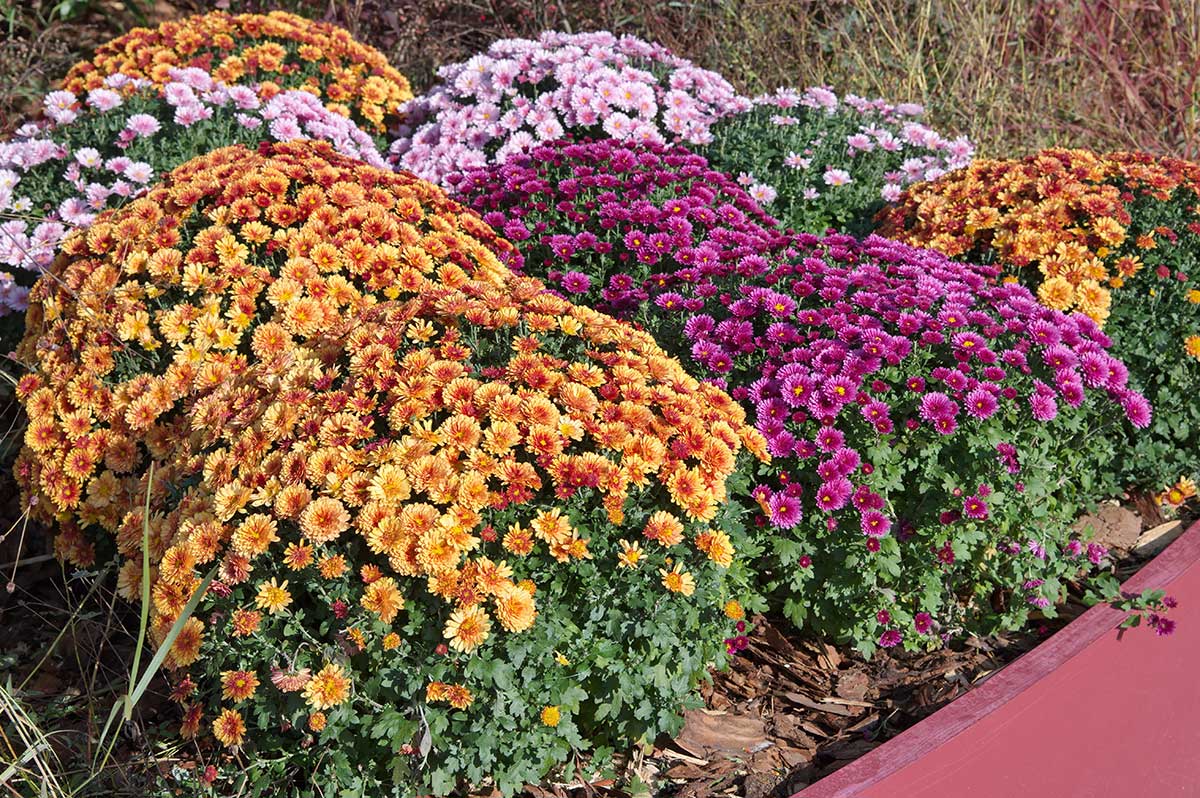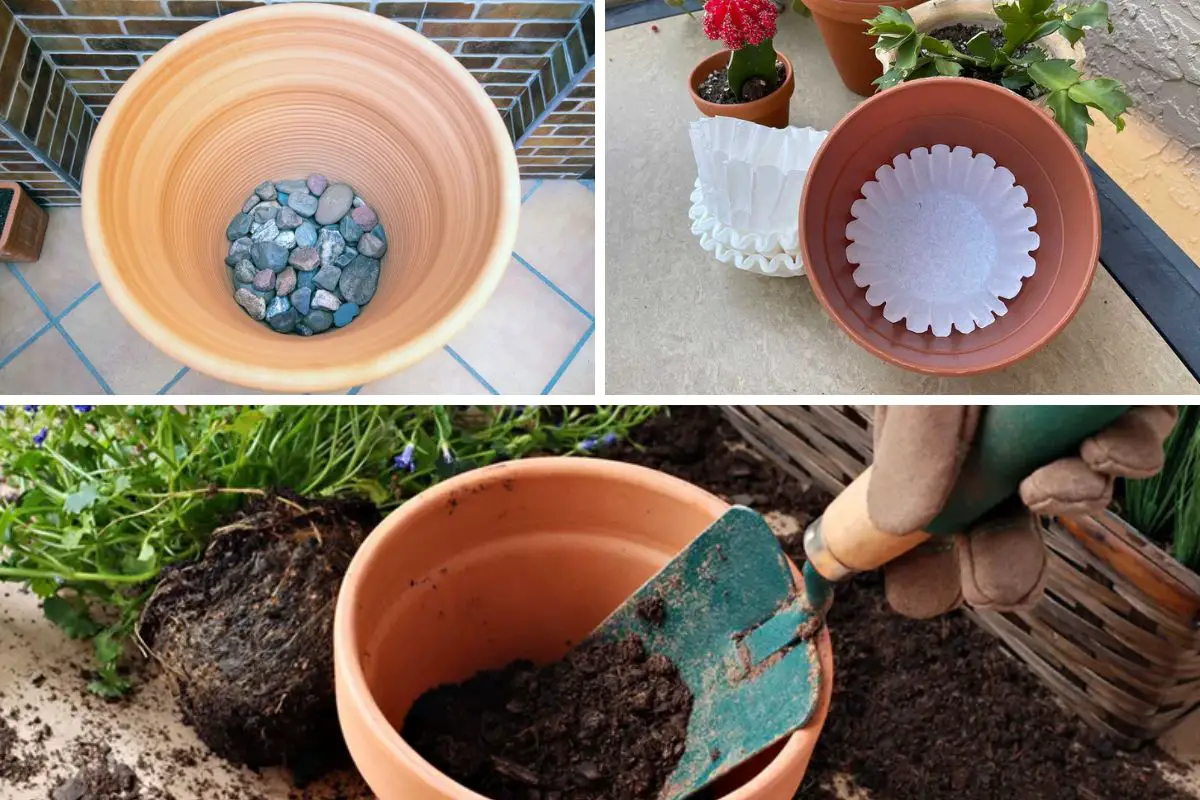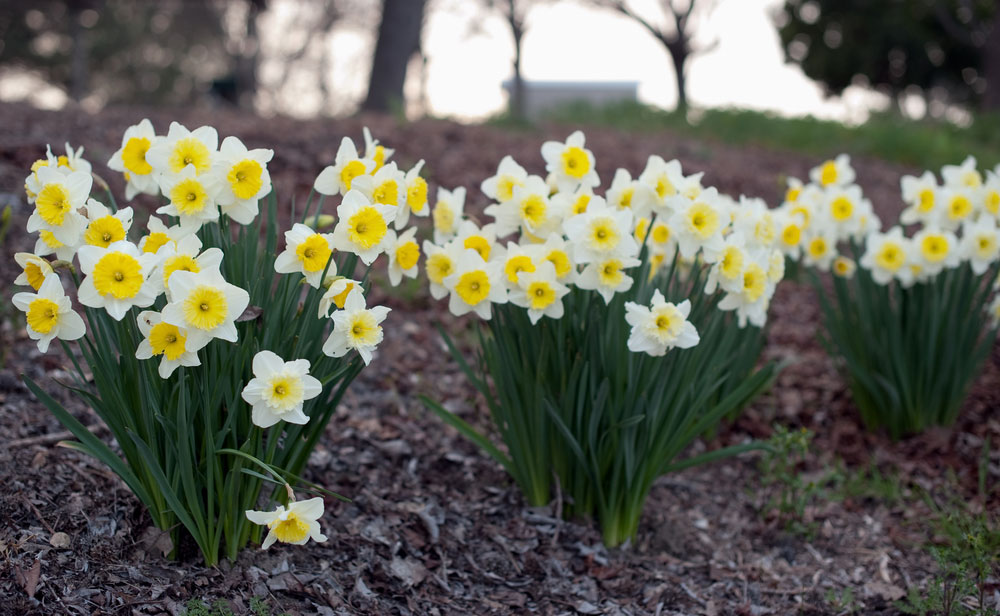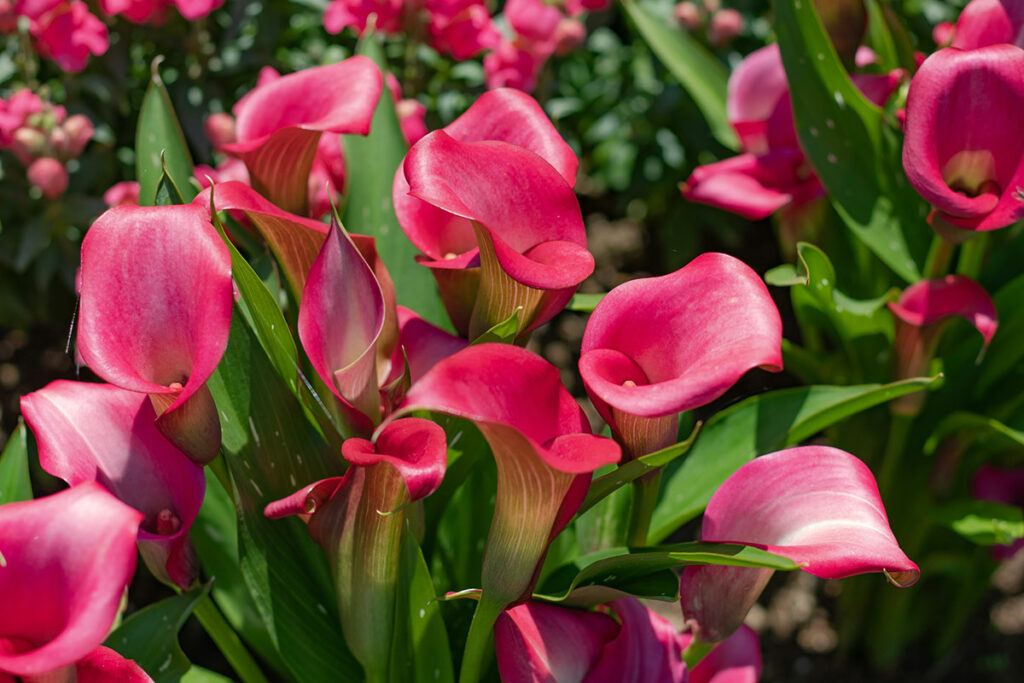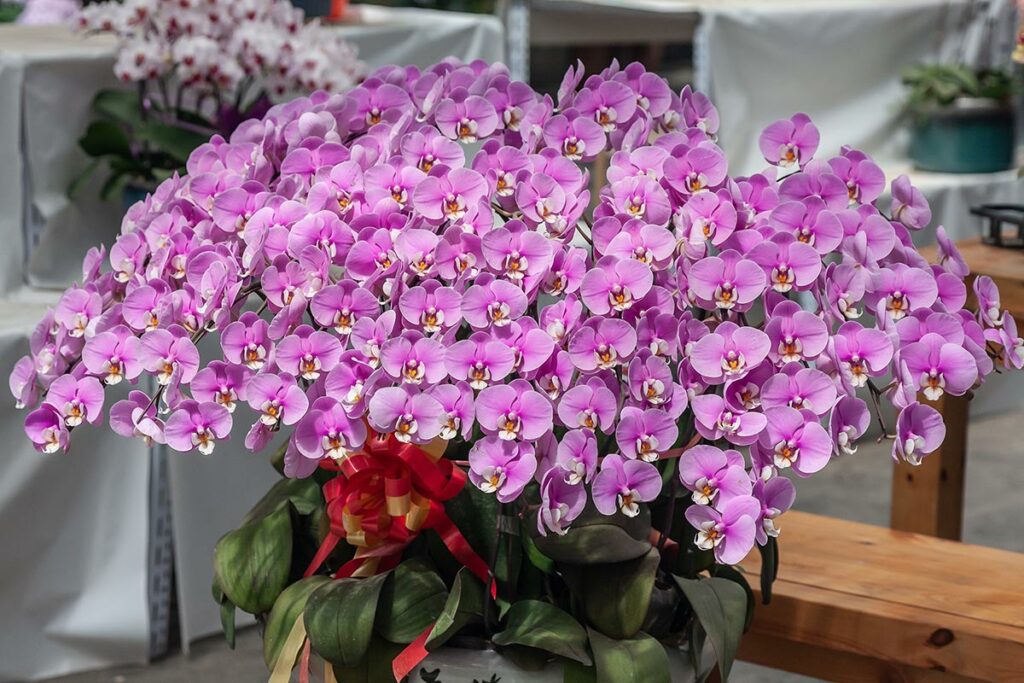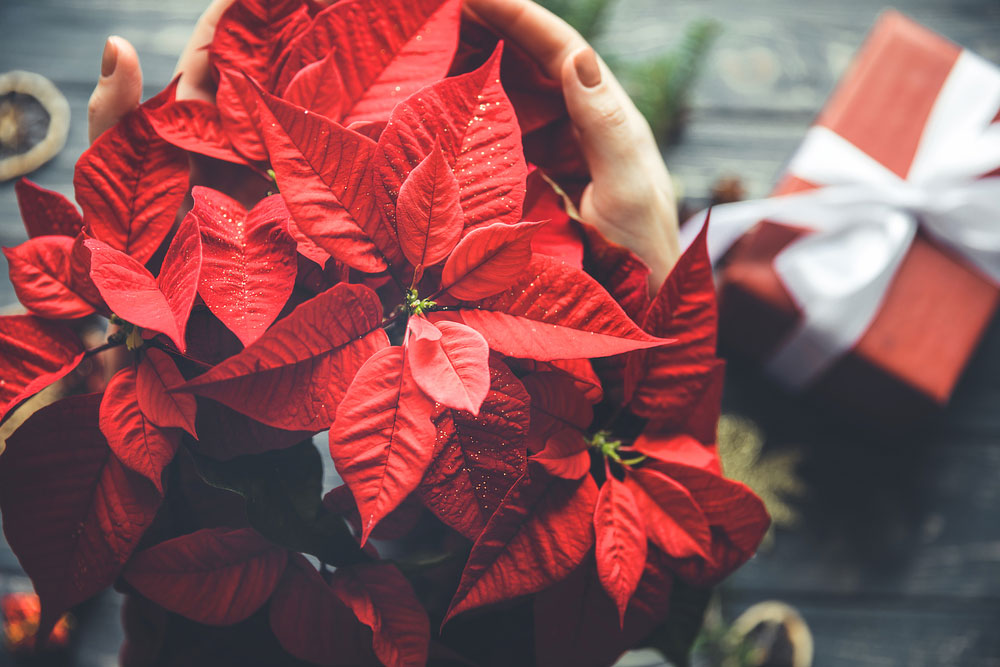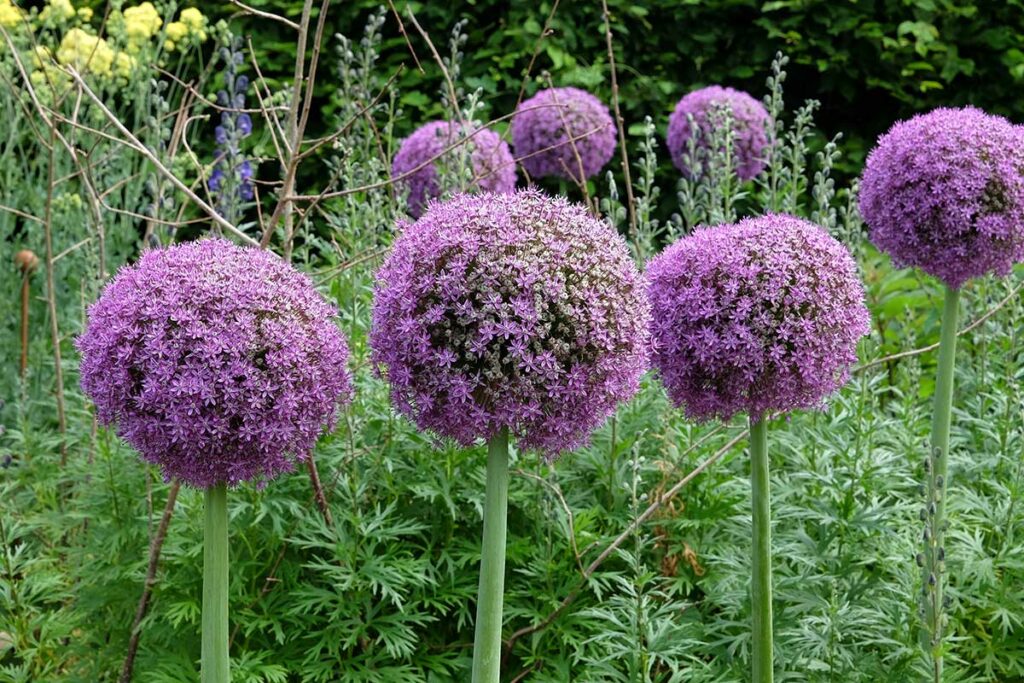
Planting alliums this fall can bring multiple benefits to your garden, both aesthetically and practically. Their vibrant colors and unique shapes add a touch of elegance and whimsy, while their hardiness and low maintenance requirements make them a popular choice among gardeners of all skill levels.
In this article, we are going to explore six compelling reasons why you should consider adding alliums to your fall planting routine.
Alliums, a diverse family of plants including onions, garlic, leeks, and ornamental varieties, offer numerous advantages that can elevate your garden’s beauty and render it more enjoyable. From their ability to deter pests to their provision of a year-round aesthetic appeal, alliums prove to be a versatile and valuable addition to any garden space.
As you continue to read, you will discover the various reasons that make alliums an excellent choice for your garden.
With their striking presence and practical benefits, these alluring plants are sure to become a cherished part of your gardening routine.
Why Plant Alliums this Fall
Fall is the perfect time to plant alliums in your garden. These beautiful and versatile plants offer many benefits that are sure to make your outdoor space more vibrant and inviting. In this section, we’ll explore three reasons to consider planting alliums this fall: their unique beauty, the variety of sizes and colors available, and their resistance to deer and rabbits.
Unique Beauty
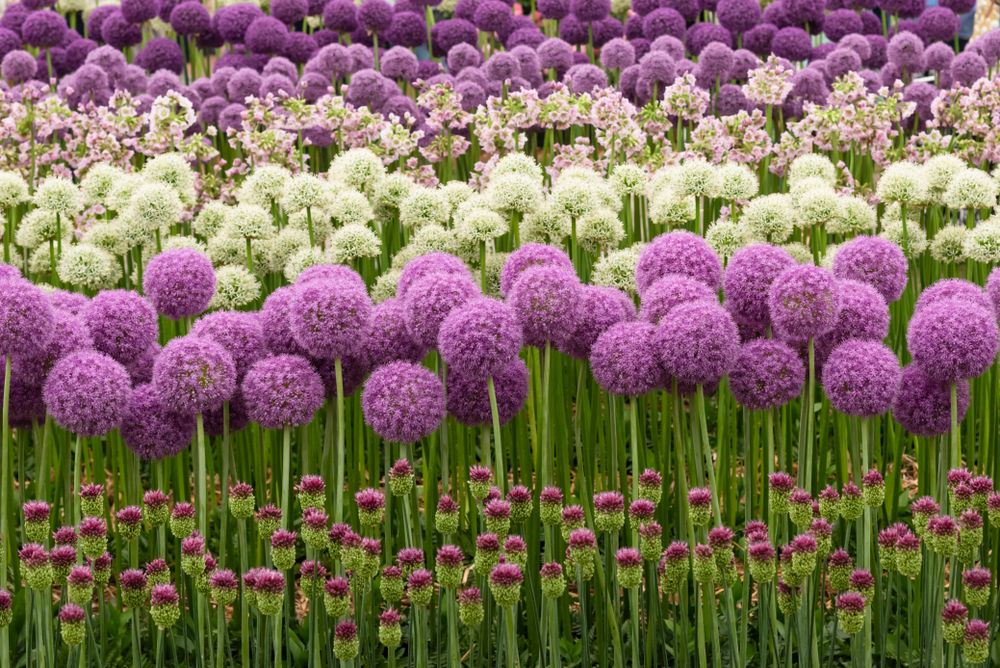
Alliums have a distinctive look that sets them apart from other plants in your garden. With their globe-shaped flower heads and tall, slender stems, they add an architectural element and visual interest to your outdoor space. Plus, they bloom in late spring and early summer, providing a burst of color when many other plants are still developing. As a bonus, their long-lasting blooms make excellent cut flowers for indoor arrangements.
Variety of Sizes and Colors
There’s an allium for every garden, thanks to the wide range of sizes and colors available. You can find alliums in various shades of purple, blue, pink, and white, with flower diameters ranging from 1 inch to over 10 inches. This variety allows you to mix and match different species to create a unique and captivating display. Whether you have a small container garden or a large landscape, there’s sure to be an allium that suits your needs.
Deer and Rabbit Resistant
As a gardener, one of the most frustrating challenges you can face is dealing with deer and rabbits nibbling on your precious plants. Fortunately, alliums possess a natural deterrent to these common garden pests. Their strong, onion-like scent and taste make them largely unappealing to deer and rabbits, which means your alliums can grow and thrive without being disturbed by these hungry critters.
So, when planning your garden this fall, consider the many benefits of planting alliums. Their unique beauty, variety of sizes and colors, and resistance to deer and rabbits make them an attractive choice for any garden.
Best Practices For Planting Alliums
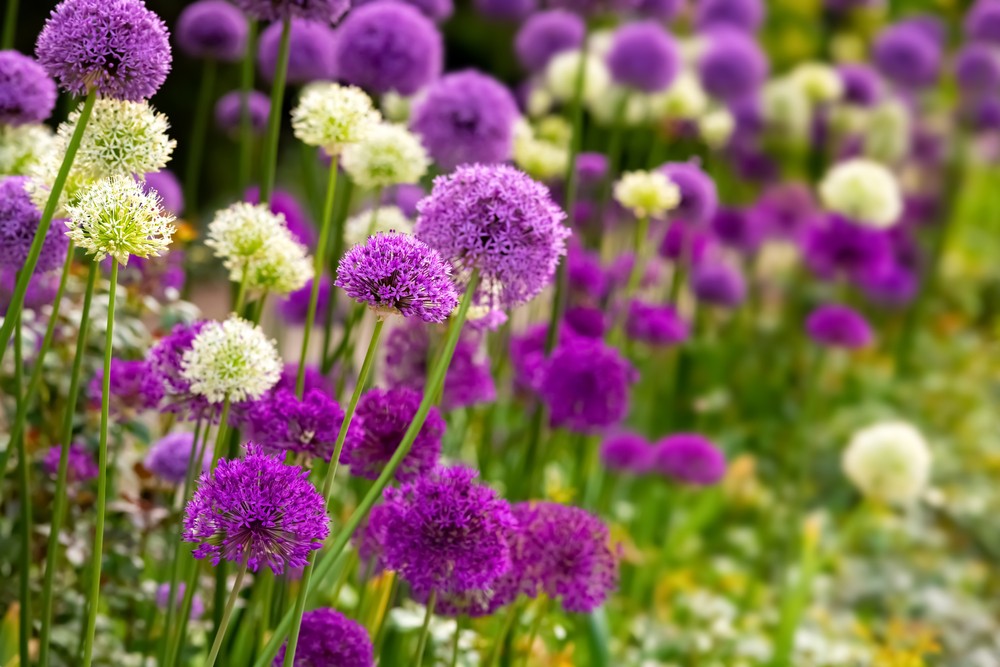
Choose the Right Time
Planting alliums in the fall is a great idea because they need a period of cold temperatures to grow properly. Aim to plant your allium bulbs 6 to 8 weeks before the ground freezes in your area. This will give them enough time to establish their roots before winter arrives. To find out the best time to plant in your region, check your local gardening guidelines or consult a local nursery.
Select the Perfect Spot
Alliums thrive in spots with full sun and well-drained soil. Choose a location that gets at least 6 hours of sunlight each day. Keep in mind that alliums have tall, striking flowers, so selecting a spot where they can serve as a focal point in your garden is a good idea. If you have a larger garden, you can create a stunning display by planting alliums in clusters or groups.
Prepare the Soil
To ensure your alliums grow strong and healthy, it’s important to prepare the soil properly. Start by loosening the soil to a depth of 12 to 15 inches and remove any weeds or debris. Next, mix in some organic matter like compost or well-rotted manure to improve soil fertility and drainage.
When planting your allium bulbs:
- Space smaller species about 3 to 4 inches apart.
- Space larger species about 6 to 8 inches apart.
- Plant the bulbs 2 to 3 times as deep as their height.
Incorporating these best practices into your gardening routine will help you successfully grow alliums this fall. Happy planting!
Maintenance Tips for Fall-Planted Alliums
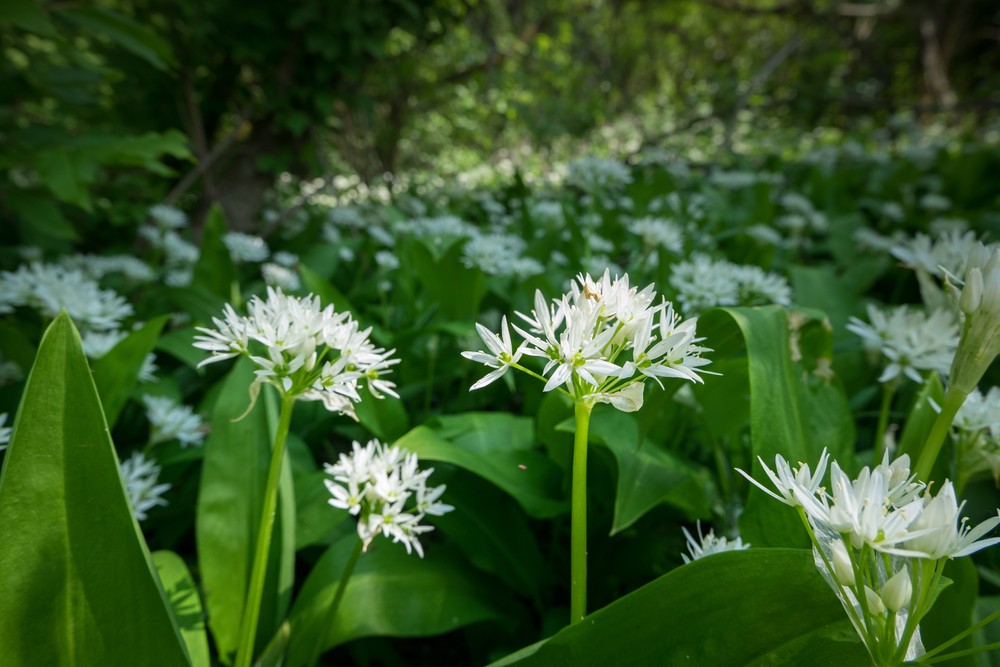
Alliums are a popular and versatile addition to any garden, but to keep them looking their best, it’s essential to follow a few simple maintenance tips. Here are some friendly suggestions to help you care for your fall-planted alliums.
Watering: Make sure your alliums receive adequate water, especially during the first few weeks after planting. This will help establish a strong root system. Water the soil around the base of the plant, avoiding the leaves to prevent the risk of fungal diseases. Keep an eye on the weather; if it’s been particularly dry, you might need to water more often.
Fertilizing: Alliums benefit from the application of a balanced, slow-release fertilizer in the fall. Sprinkle the recommended amount around the base of the plant, then gently work it into the soil. This will provide essential nutrients that encourage strong growth and vibrant blooms.
Mulching: Apply a layer of mulch around the base of your alliums to help retain soil moisture and suppress weed growth. Aim for a depth of about 2 to 3 inches, taking care not to cover the crown of the plant. Organic mulch options like shredded leaves or bark are ideal, as they break down over time and enrich the soil.
Pest control: Keep an eye out for pests like aphids or slugs that might target your alliums. If you notice any infestations, act promptly to address the issue. Gentle, chemical-free methods like introducing beneficial insects or using slug traps can be effective ways to manage these pests in your garden.
Pruning: Prune any dead or damaged foliage from your alliums to encourage robust, healthy growth. This also helps maintain the plant’s appearance and prevents the spread of disease. After your alliums have finished blooming, you can remove the flower head to help conserve energy for next year’s growth.
By following these maintenance tips, your fall-planted alliums will thrive, providing stunning color and interest to your garden throughout the seasons. Happy gardening!
Beneficial Impact on Garden Ecosystem
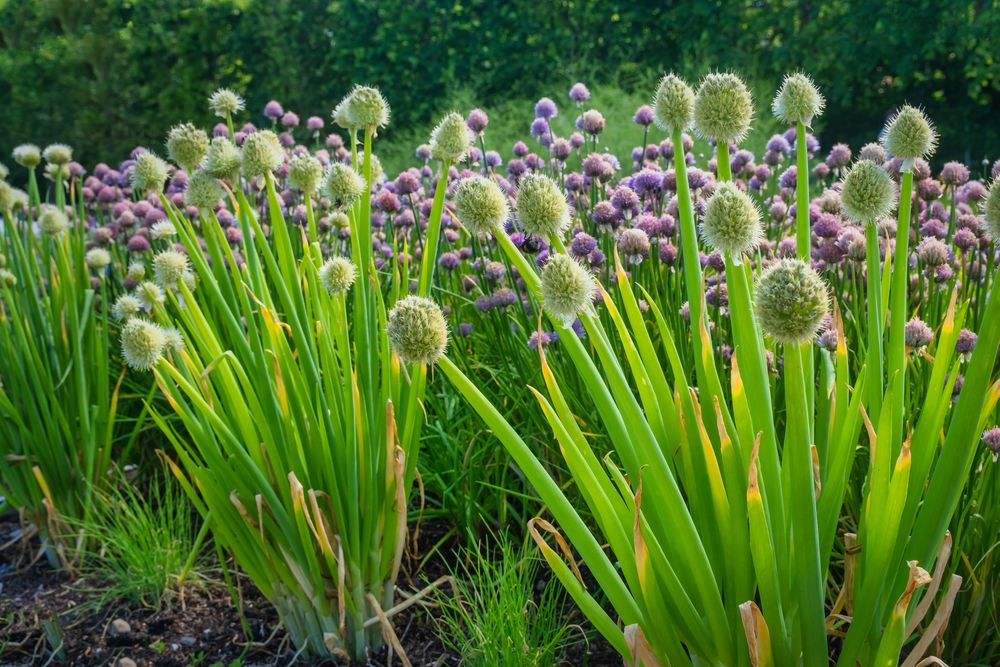
Attract Beneficial Insects
Planting alliums in your garden this fall can help create a more balanced ecosystem by attracting beneficial insects. Alliums are known for their pungent scent and vibrant flowers, which are incredibly appealing to many insects, such as ladybugs and lacewings. These beneficial insects help control pests like aphids, making your garden healthier and more resilient.
Remember to incorporate a variety of allium species to maximize their impact on the garden ecosystem. By doing so, you’ll create a more diverse habitat that will ensure these helpful insects stick around longer.
Good for Pollinators
In addition to attracting beneficial insects, alliums are also a popular source of food for pollinators like bees, butterflies, and even hummingbirds. Their nectar-rich blossoms provide an important source of sustenance for these creatures, especially during the later part of the season when other flowers may be scarce.
By planting alliums this fall, you’ll be supporting your local pollinator populations and promoting biodiversity in your garden. Don’t forget to plant alliums in clusters or groups, as this will make it easier for pollinators to spot them and increase their chances of visiting your garden.
Always consider using organic gardening practices, such as avoiding chemical pesticides, to protect both the beneficial insects and pollinators that visit your alliums. This will help ensure your garden stays healthy, balanced, and full of life.
Common Mistakes to Avoid When Planting Alliums this Fall
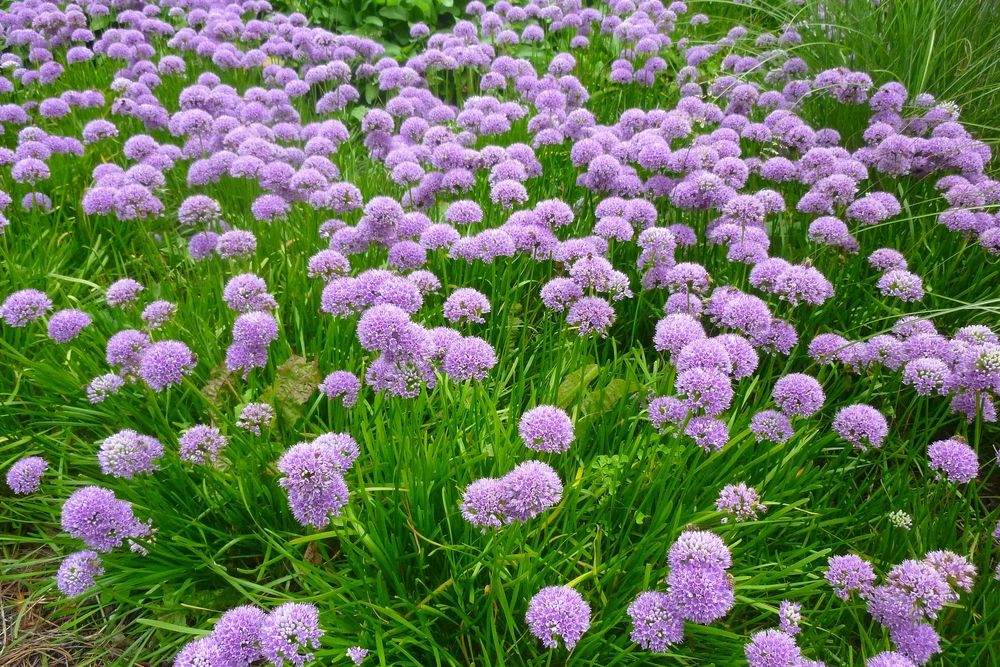
To ensure a successful allium planting experience, it’s essential to be aware of the common mistakes and take steps to avoid them.
1. Planting in poorly drained soil: Alliums thrive in well-drained soil, so avoid planting them in soggy or clay-like conditions. To improve drainage, you can either amend your soil with compost or organic matter or plant them in raised beds.
2. Planting bulbs too shallow or too deep: Allium bulbs should be planted about 3 times their diameter deep. If you plant them too shallow, they can be easily displaced, and planting them too deep can inhibit proper growth. Take the time to follow the planting guidelines on the package or research your specific allium variety to ensure the right depth.
3. Overcrowding bulbs: Alliums need space to grow and may be stunted if they are planted too closely together. Carefully follow the spacing recommendations for your allium type. Generally, larger alliums should be spaced about 12 to 18 inches apart, and smaller alliums about 4 to 6 inches apart.
4. Neglecting pest control: While alliums are relatively pest-resistant, it’s essential to remain vigilant in protecting your plants. Aphids, slugs, and other common garden pests may cause issues. Keep an eye on the foliage and make sure to address any signs of pest infiltration.
5. Overwatering or underwatering: Alliums don’t require a significant amount of water after they’re established. However, during their initial growth, ensure they get consistent moisture. Striking the right balance is crucial since overwatering can lead to rot, whereas underwatering can stunt their growth.
6. Ignoring seasonal changes and care: Different allium species have different levels of cold tolerance. While some alliums are fully cold-hardy, others may require protection in colder climates. Research your allium species and take steps to protect them when necessary, such as mulching around the bulbs for added insulation.
By avoiding these common mistakes while planting alliums this fall, you can enjoy a beautiful and bountiful addition to your garden.

